University of Brighton MA Fine Art 1st Semester
Pathological Altruism
Jesse Waugh
Pathological Altruism
2015
Oil on canvas
If art attempts to be ugly or negative, it is regarded as "honest", "poignant" or "successful".
If art attempts to be good or (heaven forbid) beautiful, it is derided as "kitsch" or "naïve".
- Jesse Waugh, January 2015
Divining Pathological Altruism
Modern art was a reduction. Modernism reduced everything to a cube and killed art - see my video Tracing Cellular Reduction. You can trace the diminution of brush strokes from Impressionism onwards through to Abstract Expressionism. These movements deliberately rejected verisimilar technique, usually in favour of what I call the expressionist trace - which can be seen in everything from Monet's loose brush strokes (which do certainly lend themselves to beauty), to Pollock's drizzles.
Expressionism - considered generally, and not specifically in relation to its eponymous movements - is an individualist phenomena in which the artist's trace is considered more important than the art he creates. This is a function of apotheosis - man becoming god. This was the true significance of Modern art: Man breaking away from the confines of Catholicism which is centered on the Christian God, and refocusing on his own being. That is why the art itself no longer mattered - it was the artist and his concept that took precedence.
This artistic apotheosis also facilitated the rejection of beauty as the quintessence of art by freeing the artist from the confines of any necessity for communication -- those who did not understand the art were simply ignorant of its value. Its value was in the artist's concept upon which his art was founded, and secondarily, in the interpretation (actually divination) of his art by critics, art historians, curators and the viewing public.
I called this painting Pathological Altruism because is was an exercise in exorcising the excessive care I feel for saving humanity by creating beautiful art and proselytising Pulchrism - my proprietary art movement which champions Beauty as the purpose of art. I allowed myself to discard any concern for the creation of beauty, and allowed for free expressive technique -- and even irony in the title as the flowers pictured are bleeding hearts and therefore play with the concept of excessive altruism.
If Pulchrism is to survive, it cannot be forced upon anyone as a dogma. I therefore seek to free myself from any fanaticism which I might develop in response to critiques of Pulchrism. Although I cannot state that Pathological Altruism is completely devoid of beauty, I deliberately allowed myself to manifest it free of any concern for beauty.
Butterflies
Jesse Waugh
Brighton Butterfly: Red Admiral
Butterfly 1
2014
Oil on canvas
Jesse Waugh
Monarch Danaus plexippus
Butterfly 3
2014
Oil on canvas
Jesse Waugh
Starry Night Cracker (Hamadryas laodamia)
Butterfly 2
2014
Oil on canvas
Butterflies is an attempt at creating beauty. Brighton Butterfly: Red Admiral was the first twenty-first century painting.
Unfinished Operas
Unfinished Operas
Jesse Waugh's Unfinished Operas is a collection of movements from two operas he began work on in the summer of 2014 - Nefertiti and Rebis. Nefertiti is meant to be a companion piece to Philip Glass' Akhnaten, and is composed in a minimalist style highly reminiscent of the works of Philip Glass, John Adams, and Steve Reich. Rebis tells the story of a hermaphrodite prince who, after being maligned by his father the king, is blessed by a unicorn to become the fruitarian messiah.
Beauty Sublime
Beauty Sublime is harmony between exalted opposites.
The Pulchrist Manifesto
Jesse Waugh
The Pulchrist Manifesto
2012
Document
Exhibition Shots

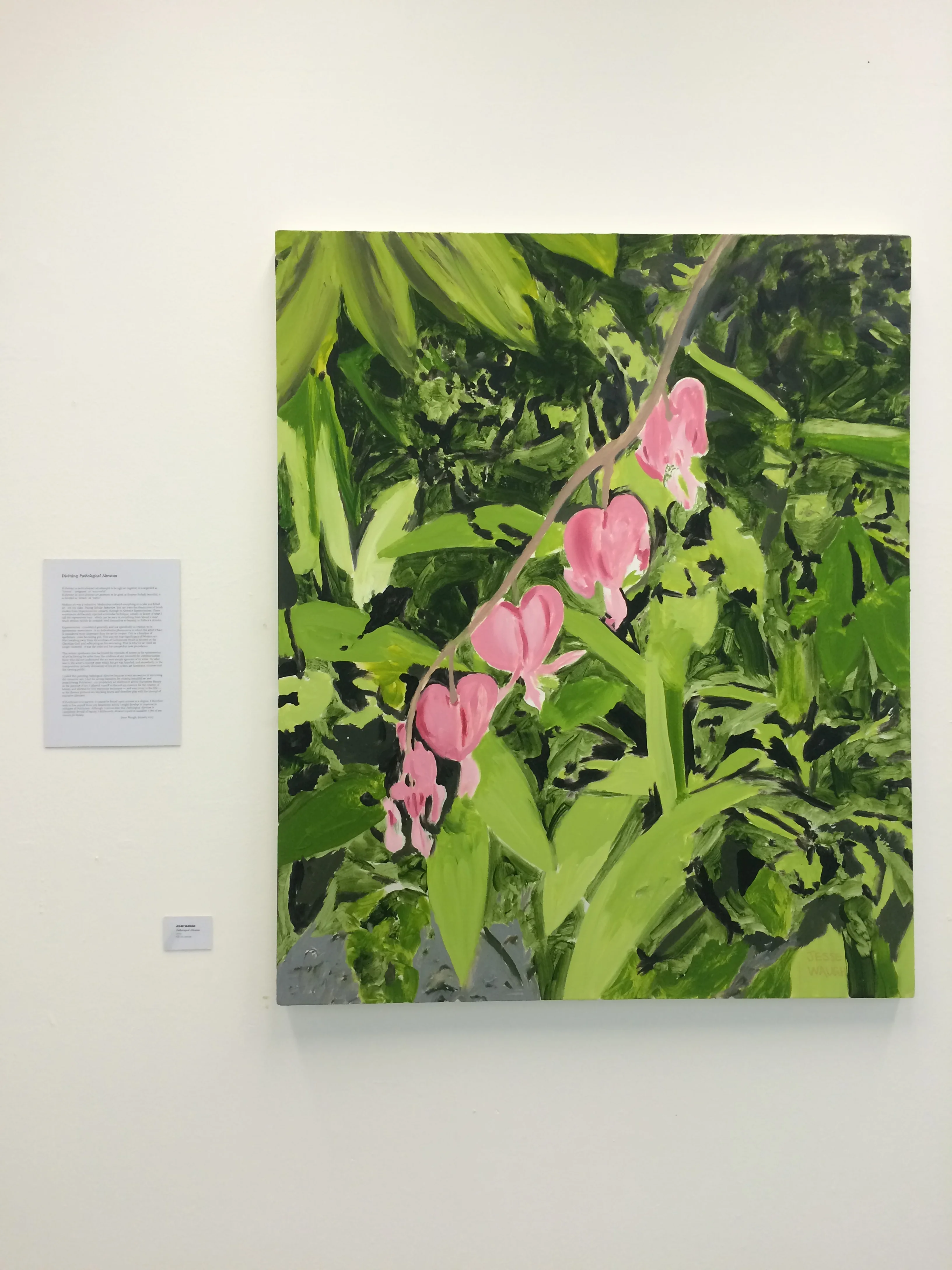
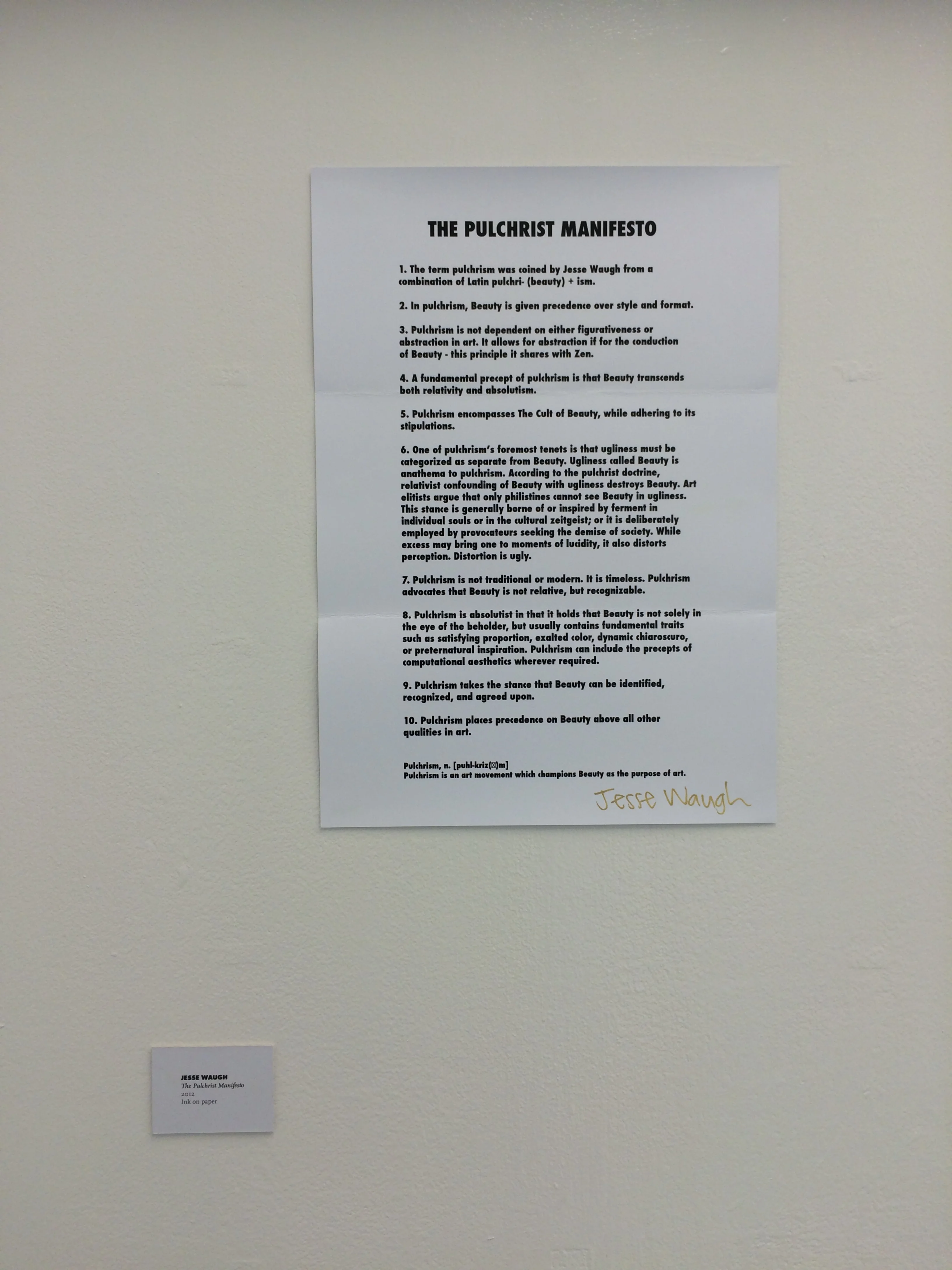

Thanks to Tiara Kusuma Budiendra and Maryam Ghanem Al-Attiya for help with exhibiton setup.
University of Brighton MA Fine Art 2nd Semester
Beauty is Truth
Jesse Waugh
Beauty is Truth
2015
Oil on canvas
lucifer
Posthumous
Posthumous is a succession of Spring-flowering bulbs at a graveyard in Brighton, England. It symbolizes the Phoenix of Beauty rising from the ashes of dead Conceptualism.
It is filmed in a deliberately careless way, in mimicry of Nature's own brazenly prolific, but haphazard reproductive tendencies. It is meant as a complement to Crowley's Inferno, and is filmed in the same cemetery where Aleister Crowley was cremated.
Crowley's Inferno
“the wickedest man in the world”
Edward Alexander Crowley (12 October 1875 – 1 December 1947) AKA Aleister Crowley was a notorious English occultist who died
in Hastings and was cremated at Brighton Woodvale Crematorium.
No one knows what happened to his ashes - it is rumoured that they were spread at sea -- presumably in Brighton or Hastings. Another rumour states that they were sent to Crowley’s spiritual successor Karl Germer - who took over as the head of Crowley’s Ordo Templi Orientis cult - and who buried them in his New Jersey garden.
Jesse Waugh gained access to the Woodvale Crematorium records and found Crowley’s ashes were “Taken away” by a certain L. Wilkinson on the 5th of December, 1947, after a Black Mass had been performed in Crowley’s honour.
_________________________________
Crowley’s Inferno is an exploration of time and space. It depicts the crematorium where “the wickedest man in the world” - as he was dubbed by the press - Aleister Crowley’s body was cremated. It is still in use, and continues to billow out large quantities of heat from its smoke stacks.
Posthumous Exhibition Shots

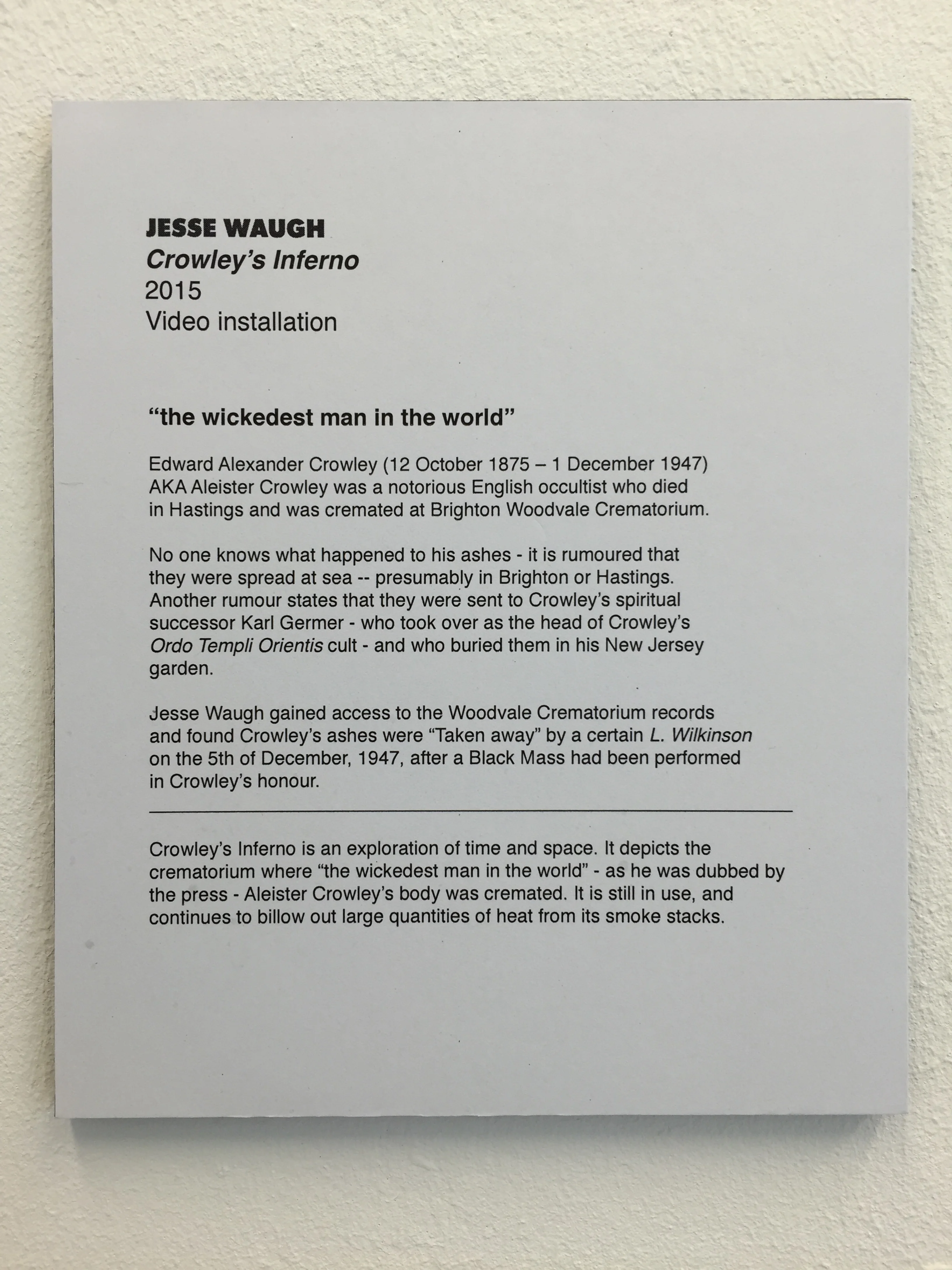
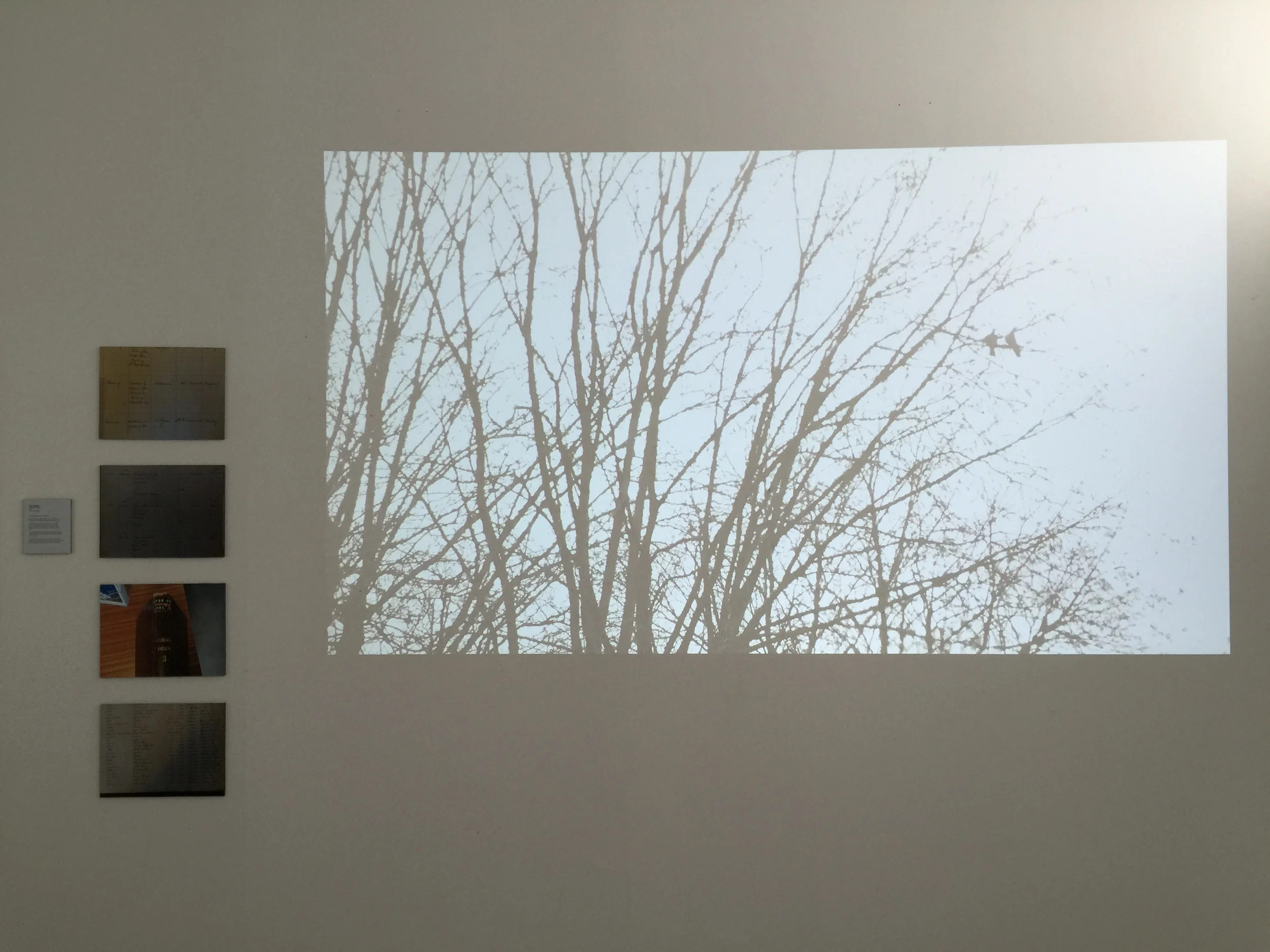
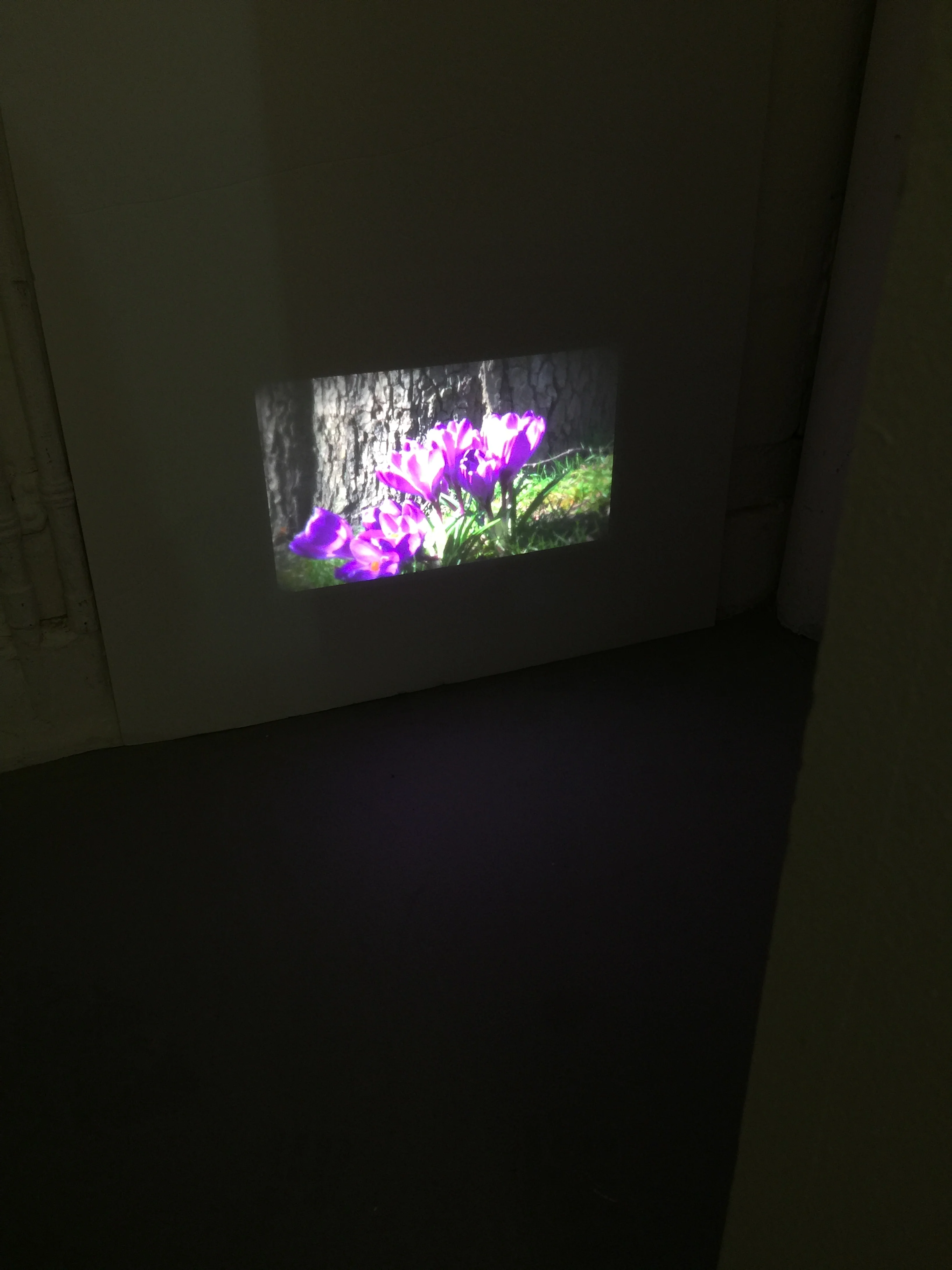
Polishing the Concept
Jesse Waugh
Polishing the Concept
2015
Documentary
Polishing the Concept is footage of me breaking.
Hidden Eclipse
Jesse Waugh
Hidden Eclipse
2015
Moving still
Hidden Eclipse is footage of a solar eclipse behind cloud cover.






